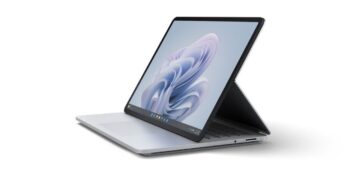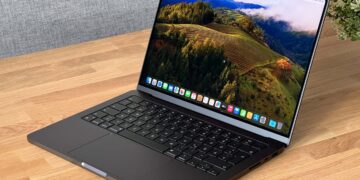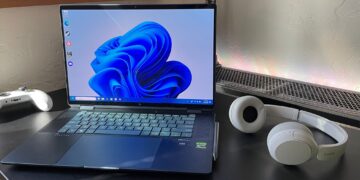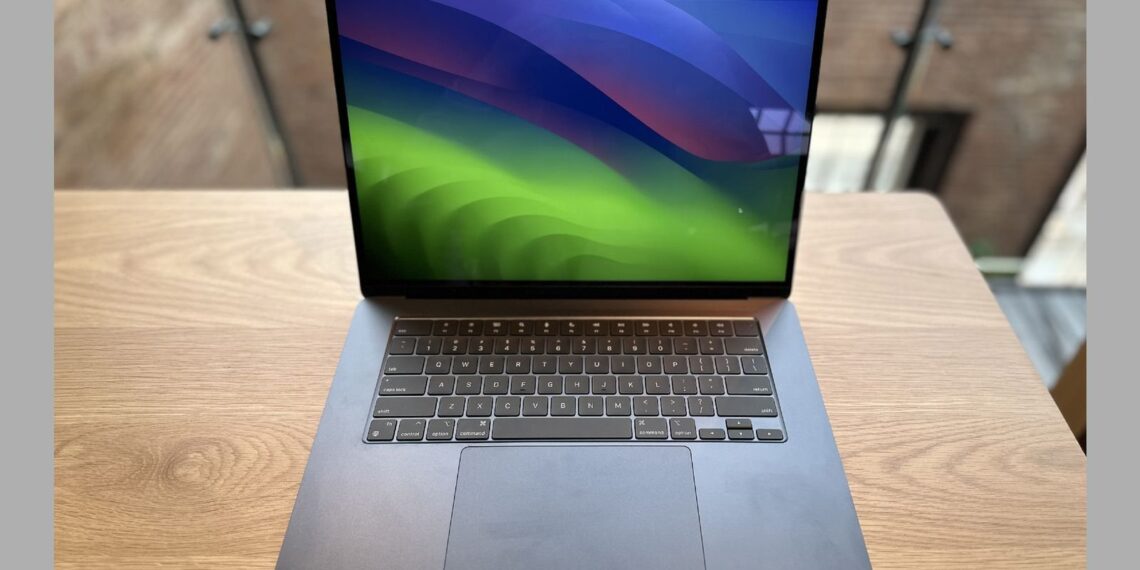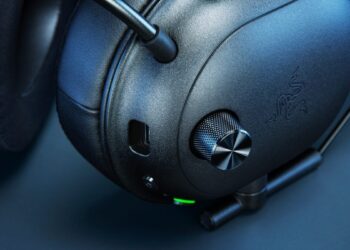The MacBook Air has long been the gold standard for ultraportable laptops, and the latest M3-powered model continues this legacy with quiet confidence. While it might look identical to its predecessor, its internal upgrades promise a significant leap in capability for creatives and professionals on the move. Apple’s newest refinement poses the question: is this the moment the Air truly sheds its ‘basic’ label for good?

Apple’s strategy with the 13-inch M3 MacBook Air is one of masterful iteration. The design is a complete carryover from the M2 generation, which is hardly a complaint. It retains the sleek, modern chassis with its uniform thickness, lightweight aluminum unibody construction, and a feeling of rigid quality that few competitors can match. The Midnight color now features a new anodization seal to reduce fingerprints—a welcome fix for a major annoyance with the M2 version—but otherwise, you’d be hard-pressed to tell them apart. The Magic Keyboard and Force Touch trackpad remain the undisputed champions of laptop inputs, offering a typing and navigation experience that is simply flawless.
The real story, of course, is the M3 chip. This 3-nanometer processor brings a tangible boost in both CPU and GPU performance. Everyday tasks like web browsing with dozens of tabs, juggling productivity apps, and streaming content remain effortlessly fluid. But the M3’s new architecture pushes the Air further into pro territory than ever before. Compiling code in Xcode is noticeably faster, editing high-resolution photos in Lightroom feels snappier, and even 4K video editing in Final Cut Pro is surprisingly viable for shorter projects. The addition of hardware-accelerated ray tracing and mesh shading makes the Air a shockingly capable machine for light gaming, running titles like Baldur’s Gate 3 with respectable fidelity. Critically, it achieves all this while remaining completely silent, thanks to its fanless design.
However, this fanless design also defines its limits. Under sustained, heavy loads, the M3 will eventually throttle its performance to manage heat. For marathon rendering sessions or intense multi-hour gaming, the MacBook Pro with its active cooling system is still the superior choice. The base model’s configuration of 8GB of unified memory and a 256GB SSD also remains a point of contention. While 8GB is adequate for general use, it quickly becomes a bottleneck for multitasking with demanding applications. Given the premium price, starting at 16GB of RAM should be the new standard.

Two key feature upgrades round out the M3 Air’s appeal. The first is support for Wi-Fi 6E, offering faster and more reliable connectivity on compatible networks. The second, and more significant, is the ability to drive two external displays simultaneously—a long-requested feature. The major caveat here is that this only works when the laptop’s lid is closed. It’s a slightly clumsy implementation but a massive win for users who rely on multi-monitor desk setups for productivity. The Liquid Retina display is still gorgeous, bright, and color-accurate, but its 60Hz refresh rate is starting to feel dated when most competing premium laptops and even iPhones have moved to smoother, high-refresh-rate screens.
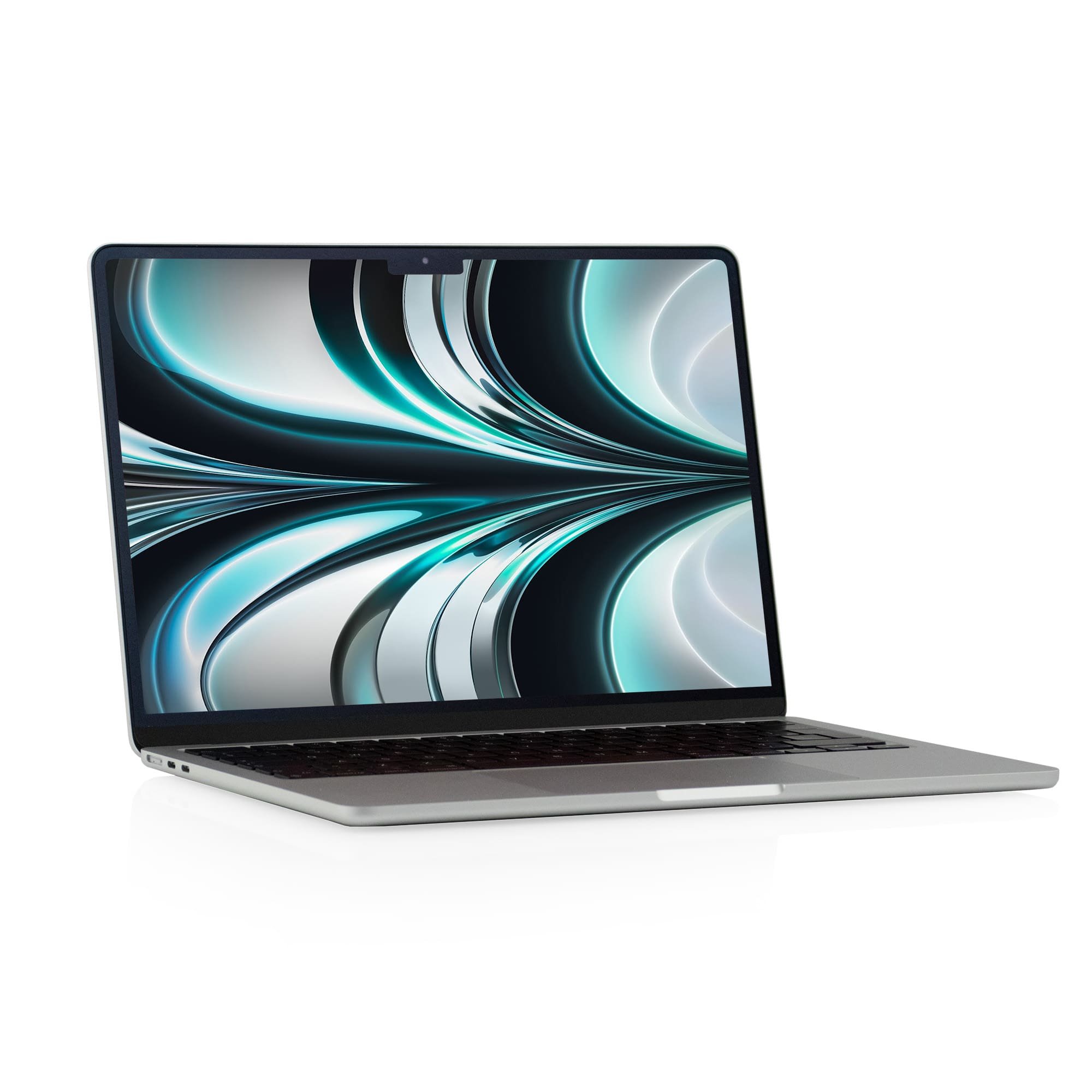
Ultimately, the M3 MacBook Air is the best ultraportable laptop on the market for the vast majority of people. It perfects a winning formula by adding more power and a couple of crucial features without compromising its legendary battery life or portability. For anyone upgrading from an Intel-based or even an M1 MacBook Air, the leap in performance and design will feel transformative. For existing M2 Air owners, the upgrade is far less compelling unless dual-monitor support is a must-have. The M2 Air, now available at a reduced price, presents a tough value comparison, but for those who want the most capable and future-proof thin-and-light Mac, the M3 model is the undisputed new champion.
Where to Buy:

Apple MacBook Air 13-inch (M3) Quick Summary
Key Scores:
-
Value:
88% -
Design:
95% -
Performance:
90% -
Quality:
93% -
Popularity:
92%
Top Pros
- ✅ The M3 chip provides a superb blend of power and efficiency.
- ✅ Its fanless design ensures the laptop remains completely silent.
- ✅ It finally supports two external displays for enhanced productivity.
- …
Key Cons
- ❌ The base model’s 8GB of RAM is insufficient for power users.
- ❌ The display is still limited to a standard 60Hz refresh rate.
- ❌ Using two external monitors requires keeping the laptop lid closed.

 Tech Essentials
Tech Essentials